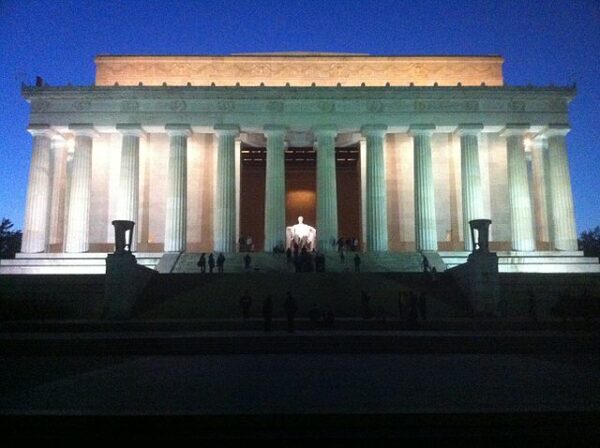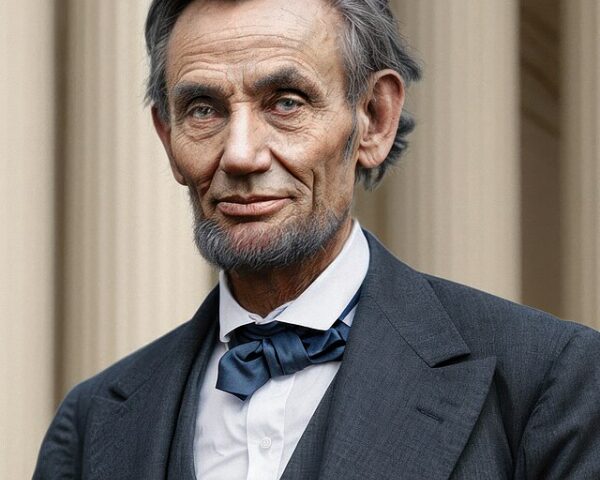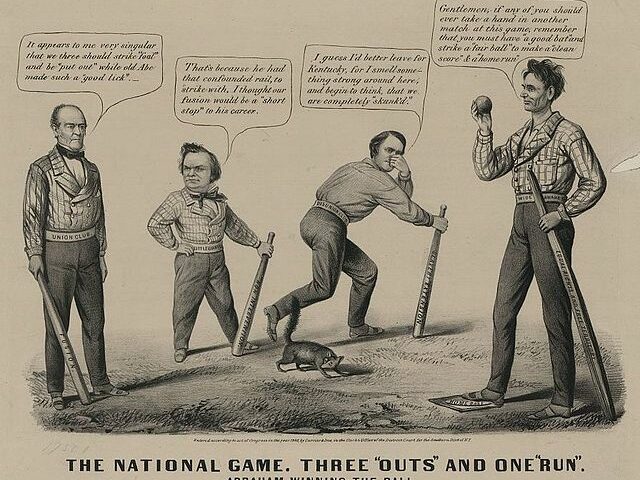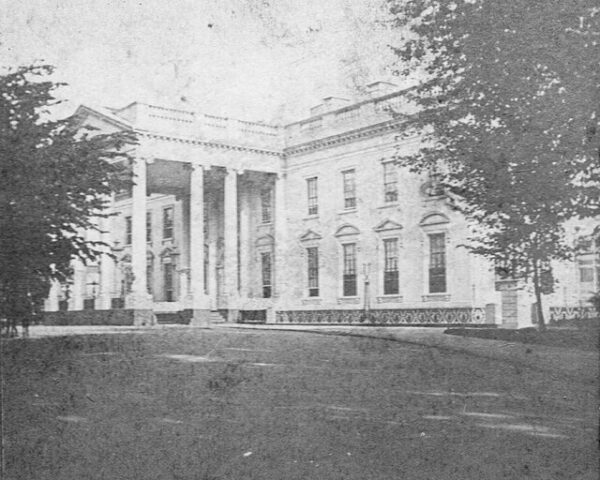The dedication of the Lincoln Memorial on May 30, 1922, marked the commemoration of one of the nation’s most revered presidents, Abraham Lincoln. Located on the western end of the National Mall in Washington, D.C., the massive marble monument stands as a tribute to Lincoln’s legacy, embodying the principles of unity, freedom, and equality he championed during his presidency.
Designed by architect Henry Bacon, the Lincoln Memorial draws inspiration from classical Greek architecture, symbolizing the democratic ideals that underpin American society. The structure features a large, iconic statue of Abraham Lincoln seated, crafted by sculptor Daniel Chester French. The statue, set within a neoclassical temple, faces east towards the Reflecting Pool and the Washington Monument, aligning Lincoln’s vision with the broader narrative of the nation’s capital.
The dedication ceremony itself was a momentous occasion, attended by thousands, including dignitaries, government officials, and the general public. Chief Justice William Howard Taft, who also served as the chairman of the Lincoln Memorial Commission, presided over the event. President Warren G. Harding delivered the keynote address, emphasizing Lincoln’s enduring impact on American democracy and the nation’s ongoing commitment to the values he espoused. Harding’s speech highlighted Lincoln’s role in preserving the Union during the Civil War and his efforts to abolish slavery, framing these achievements as foundational to America’s identity.
One of the most poignant aspects of the dedication was the participation of Dr. Robert Russa Moton, the principal of the Tuskegee Institute, who delivered a significant, albeit censored, speech. As an African American leader, Moton’s presence underscored the complex legacy of Lincoln’s efforts toward emancipation and equality. Although his speech was edited to omit more direct critiques of racial inequality, Moton’s involvement signaled a recognition of the ongoing struggle for civil rights—a struggle that Lincoln’s actions had set in motion but which was far from complete.
The Lincoln Memorial itself is rich with symbolic elements. The inscriptions on the walls include two of Lincoln’s most famous speeches: the Gettysburg Address and his Second Inaugural Address. These texts encapsulate Lincoln’s vision for a united nation and his resolve to heal the country’s wounds inflicted by civil war. The murals by Jules Guerin that adorn the interior further depict the themes of emancipation and reunification, reinforcing the memorial’s role as a beacon of hope and a reminder of the nation’s ideals.
At the time of its dedication, the Lincoln Memorial also represented a chance to reflect on contemporary issues. The early 1920s were marked by significant social and racial tensions, including the rise of the Ku Klux Klan and widespread racial segregation. The dedication of a monument to Lincoln, who had fought for the end of slavery, served as a call to the American conscience to live up to the promises of freedom and equality for all citizens.
Over the decades, the Lincoln Memorial has become a site of numerous historic events and speeches, further solidifying its place in the national consciousness. Notably, it was the backdrop for Martin Luther King Jr.’s iconic “I Have a Dream” speech during the March on Washington for Jobs and Freedom in 1963. This event linked the legacy of Lincoln with the ongoing civil rights movement, demonstrating the enduring relevance of his ideals.
The dedication of the Lincoln Memorial was more than a ceremonial event; it was a reaffirmation of the values Abraham Lincoln stood for—values that continue to shape the American narrative today. The memorial serves as a constant reminder of the nation’s enduring commitment to liberty, equality, and justice, standing as a testament to the profound impact of Abraham Lincoln on the United States.






